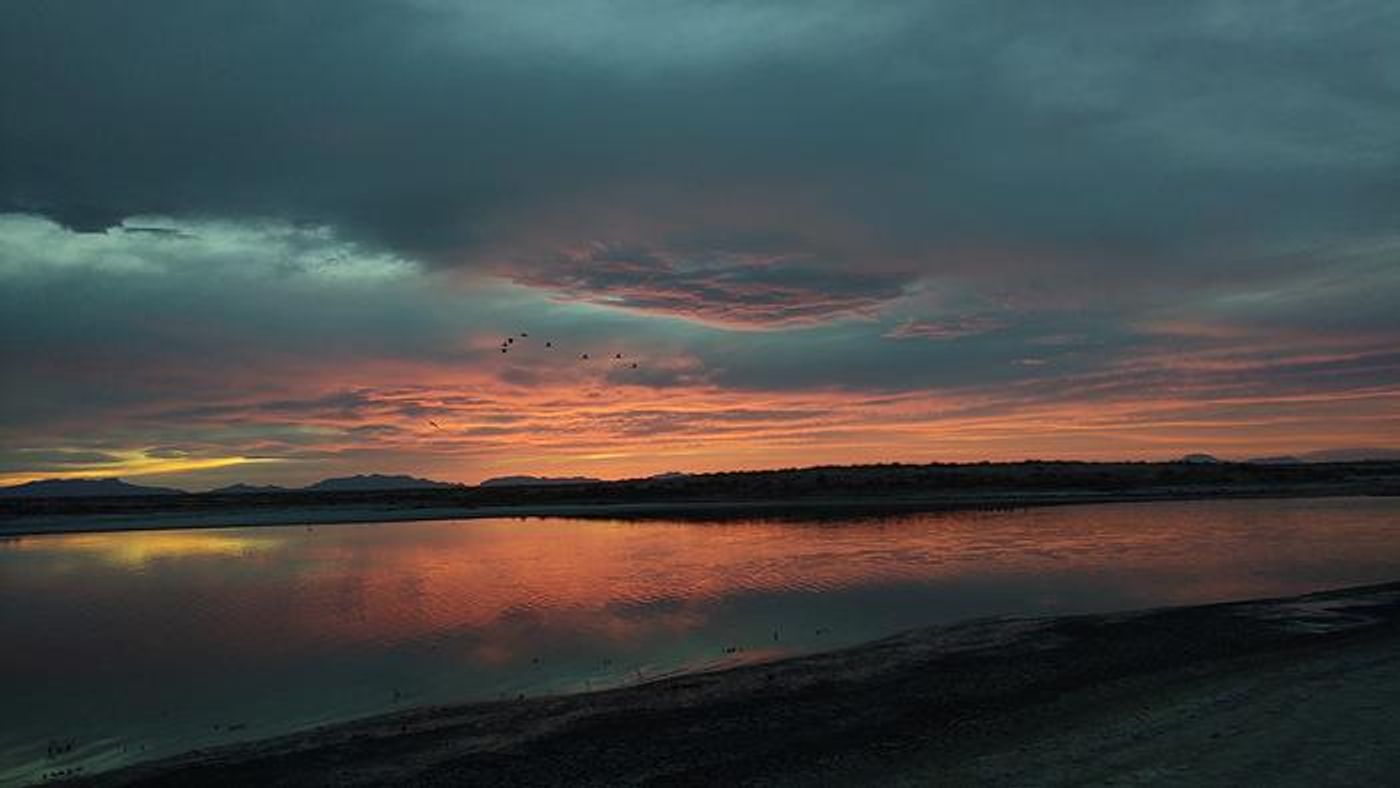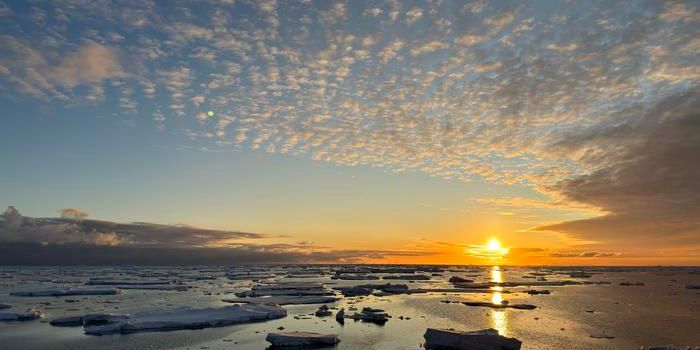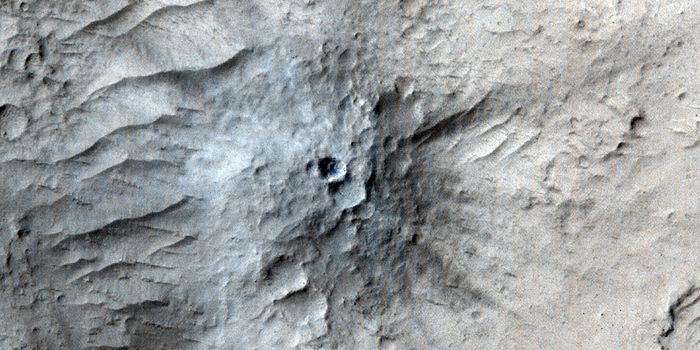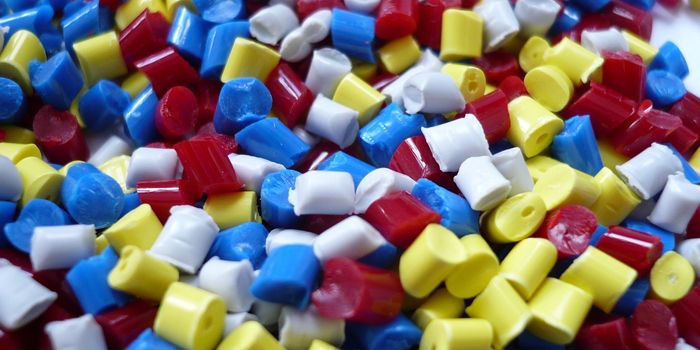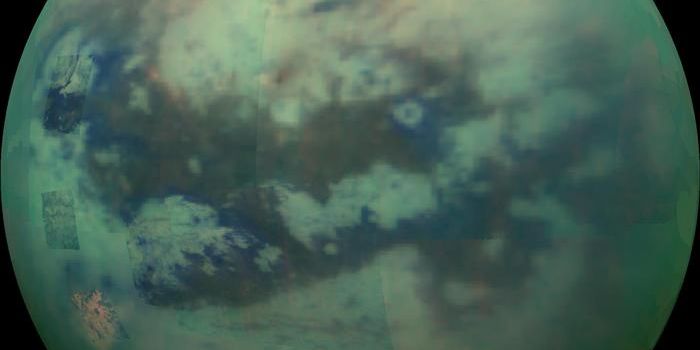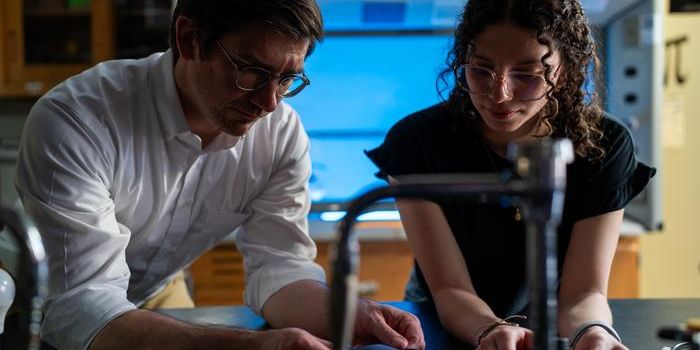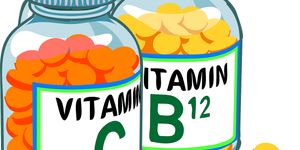Extraordinarily High Levels of Forever Chemicals in Wildlife Near Air Force Base
In the 1930s, Dupont chemical created something called per and poly-fluoroalkyl substances (PFAS), which seemed like an incredibly useful invention at the time. These chemicals were added to an astonishing array of products, including many that are used in households and food preparation, like the Teflon pans that were widely used for their non-stick properties. These chemicals were also applied to products used by the military.
We known now that PFAS are nearly impossible to destroy and they can cause a wide range of harmful health effects. PFAS are thought to cause problems with human and animal development; reproductive, immune, and endocrine functions; as well as raise the risk of cancer. New research has revealed that animals living near the Holloman US Air Force Base near Alamogordo, New Mexico, are heavily contaminated with several PFAS chemicals. The findings have been reported in Environmental Research.
Previous work by other groups has shown that wildlife carry PFAS, but this study has found incredibly high PFAS levels in 23 species of birds and mammals. The PFAS concentrations in many animals were averaging in the tens of thousands of parts per billion. To get a sense of how dramatically high those levels are, consider that thousands of dairy cattle in Clovis, New Mexico were all recently euthanized because their milk carried PFAS levels that were fewer than six parts per billion.
In this study, the researchers assessed animals that live around Holloman Lake, a catchment pond developed by the Air Force. The artificial lake sits between Holloman Air Force Base and White Sands National Park, and is part of the arid Tularosa basin.
Since these are the only large wetlands in the region, wildlife is remarkably attracted to it, noted lead study author Christopher Witt, Museum of Southwestern Biology (MSB) Director and Professor of Biology at The University of New Mexico.
"Holloman is one of the three most important wetlands in New Mexico for migratory waterbirds; over 100 species and tens of thousands of individuals use these habitats annually," Witt explained. "The wetlands are also heavily used by people for recreation and hunting."
The contamination there is thought to originate from fire-fighting foam that was used by the Air Force for decades. This foam contains toxic PFAS and was widely applied during military training exercises at military bases. These PFAS have since been removed from manufacturing processes, but they are called 'forever chemicals' for a reason - they stick around. And at Holloman, the lake caught the flow of PFAS, and they were retained in the water and mud.
"These substances also bind to proteins, so they were easily taken up by living creatures and then passed up the food chain," said study co-author Jean-Luc Cartron, a Research Associate in the MSB Division of Mammals and Research Professor in the Department of Biology.
The researchers tested desert rodents and birds for PFAS, and some of the highest levels were found in specimens from 1994, showing that PFAS levels have been extraordinarily high there for decades, the researchers noted. Although there was variation, both aquatic and terrestrial species were often found to be heavily contaminated. The differences are likely due to the varied physiologies, food preferences, and habitats of the animals, added study co-author and graduate student Chauncey Gadek, and they illustrate the many ways that PFAS can move through the ecosystem and organisms.
Hunting is also popular in this area. The scientists are warning people not to consume wild game from the region, however. Average concentrations of PFAS in ducks at the site indicate that not even a single gram is safe to consume.
